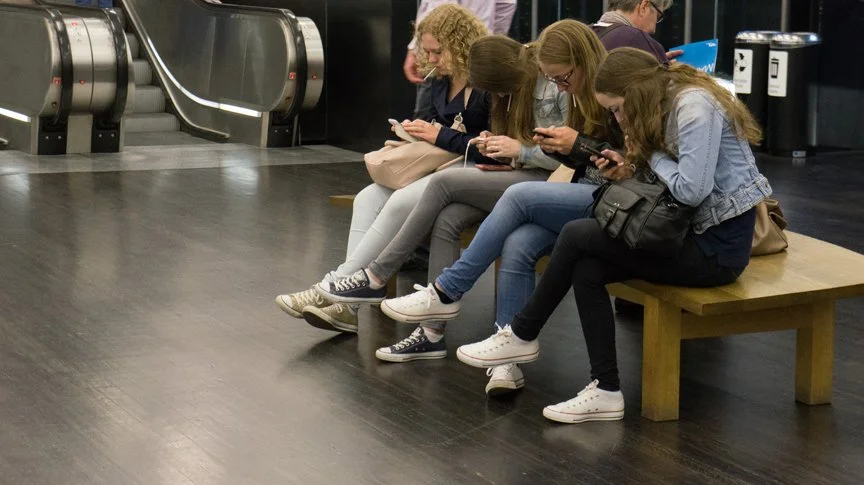Slow Art
It’s not what you look at that matters…it’s what you see.
Henry David Thoreau
Founded in 2010, Slow Art Days are a global event (more than 1,500 museums and galleries have participated) with a simple mission: help more people discover for themselves the joy of looking at and loving art. I’m a big fan, and these events are a growing phenomenon.
On the Slow Art Day I joined, twelve of us gathered to look at a small selection of paintings hung in the Wallace Arts Centre in Auckland, New Zealand.
The idea behind Slow Art Days developed as research showed that people spend as little as 8 seconds looking at each work in a museum. These global, all-volunteer events have a simple mission: to help more people discover for themselves the joy of looking at and loving art.
I took this photo at the Tate Modern in London of people “engaging” with the art.
In fact, anyone can volunteer to host a Slow Art Day; simply find a venue—a gallery or art museum that is open to the idea—and promote the event. Then, after an hour or so of viewing, bring the participants together to discuss their experience of the art works.
The next Slow Art Day takes place on April 13 2024. You can organise one in your neighbourhood - go here for guidelines.
One day each year people of all ages and from all over the world visit local museums and galleries to look at art…sloooowly. For example, participants may look at five works of art for 10 minutes each and then meet over lunch to talk about their experience. That’s it. Simple by design.
Some paintings may not be what they would normally like or find interesting, but when people spend ten minutes in front of each piece of art they start to make discoveries. Most importantly, they realize that they can begin to experience art without being an expert. This in turn unlocks passion and creativity and helps to create more art fans.
In an art world too often driven by money or the latest technology (NFTs, for example), Slow Art Days are passionately retro. They advocate an ancient practice – one at least as old as the paleolithic cave paintings in Lascaux, France – and that is this: slow down and look.




